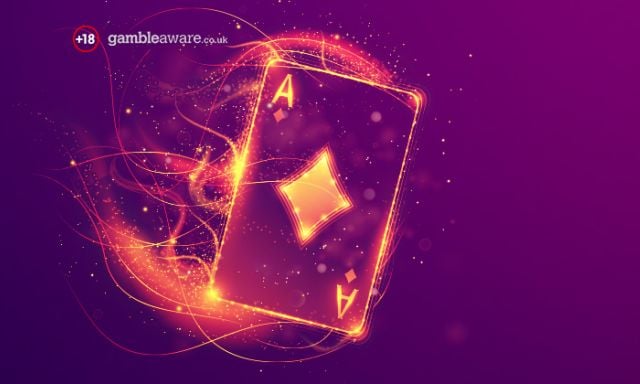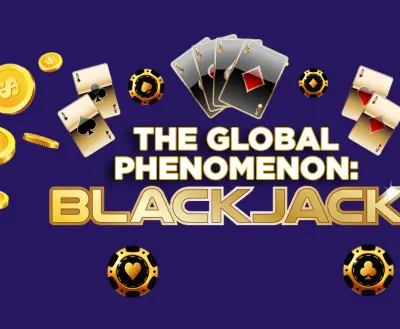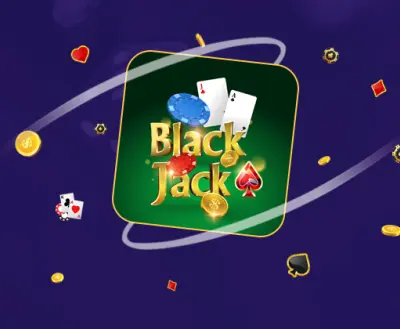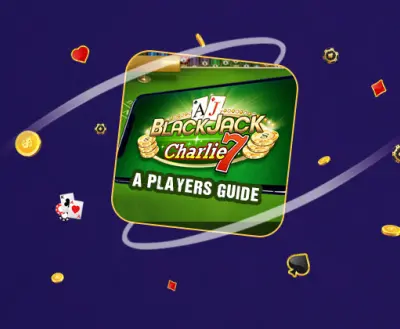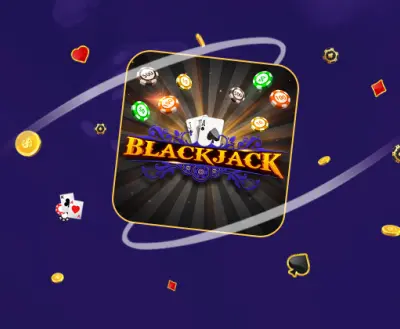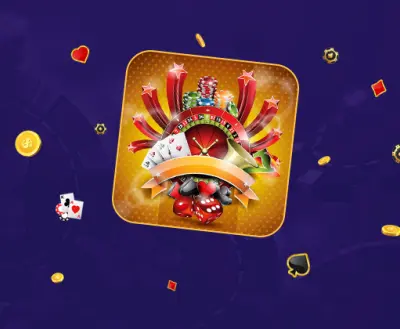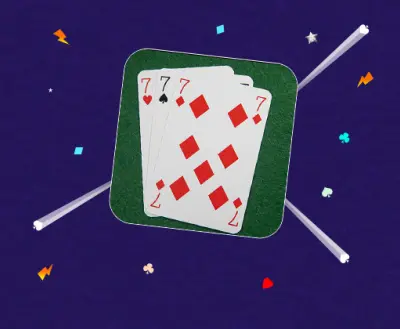The key to mastering basic blackjack strategy is to keep it simple, allowing players to easily recall the optimal moves based on the cards they are dealt.
While blackjack may appear to be a straightforward game, there is much more to it for those looking to enhance their skills.
Over time, mathematicians and academics have developed various theories and methods through extensive analysis. With millions of hands played throughout the history of blackjack, a structured strategy has emerged to help players maximize their chances of winning at the table.
Understanding Basic Blackjack Strategy
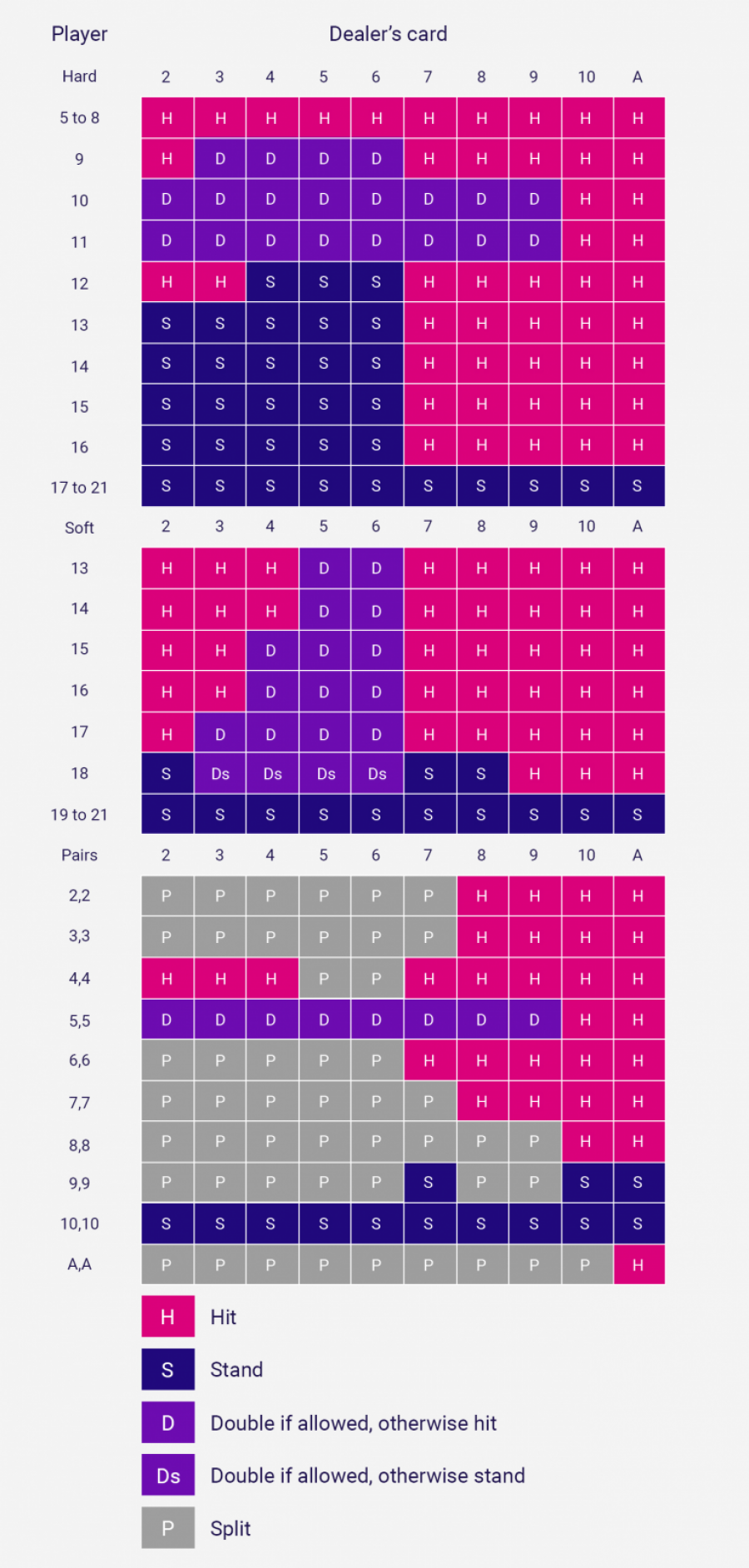
A maximum number of hands can appear in any Blackjack game – 340, to be precise. Of these hands, around 100 of them play themselves – i.e they are too low to stand or far too high to hit. The combination of hands in the middle should draw the bulk of your attention.
Luckily, Blackjack has a defined basic strategy which can allow you to make snap judgements about when and how to play these hands. Any successful player's starting point is memorising the strategy, expressed in the strategy chart below, to reduce the house edge and create a fighting chance of winning big payouts playing Blackjack.
The basic Blackjack strategy is centred around the combination of the value of your starting hand and the dealer's visible card. By considering these two factors, players can make calculated decisions based on statistical projections of the probable outcome of each hand. Adopting this approach can significantly decrease the advantage the house has, providing a foundation for greater success.
Should I Play this Hand or Surrender?
From a strategic perspective, the starting point in any hand should be, ‘should I play this hand?’. There is no obligation to play any hand in Blackjack, and if you are unlikely to win, it’s better to cut your losses than continue on. Where this is possible, it’s often only possible with your starting hand. Based on the value of your hand and its corresponding position on the strategy chart, you should first make a conscious decision of whether or not to play...
Should I Split this Hand?
If you decide to play, the next consideration is whether you can split in blackjack. This is only available for pairs, and only recommended for some pairs in particular. If your hand qualifies, do it. If not, move on to the next consideration.
Should I Double Down?
The next consideration is – should you double down? Double down is reserved for hands where you’re in a strong winning position already, so if the charts say double down, you should take that as a sign that you’re on the right track.
Should I Stand or Hit?
Only once you’ve eliminated these considerations should you start to think about when to stand in blackjack or when to hit in blackjack. Again, according to the basic strategy charts (which you should be memorising), it should be obvious to you whether to hit or stand, depending on the value of your hand and the dealer’s upcard.
How to Win at Blackjack: Basic Strategy
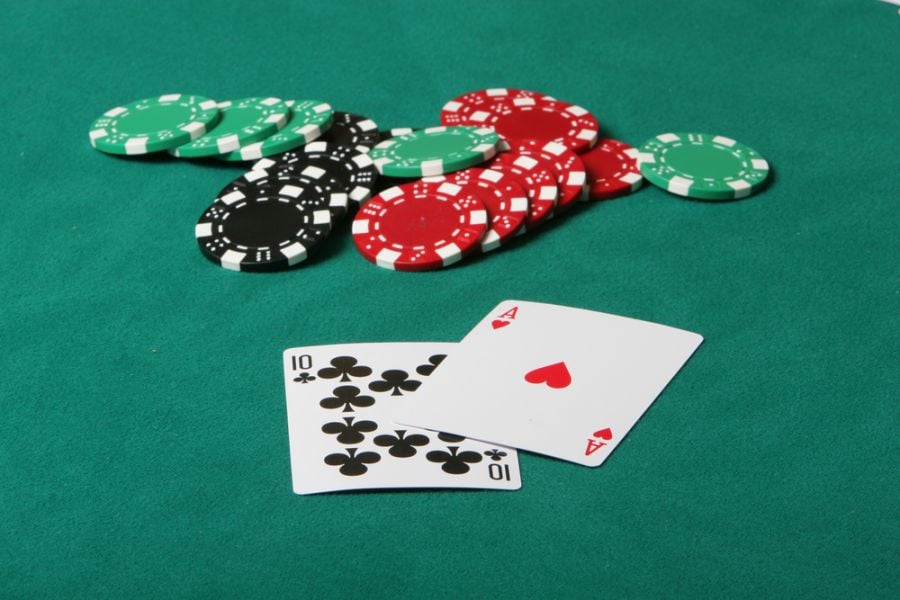
Our Blackjack Basic Strategy chart above, teaches you exactly when to:
- Hit or Stand
- Double Down
- Split Pairs
- Surrender
Simplifying the basic blackjack strategy is one of the best ways to learn and master the game. By memorizing the best possible moves based on the odds of winning, players can reduce the house edge and increase their chances of winning. Serious players should focus on making the right call more often, which can be achieved through the application of a simple betting strategy that considers the right measures at the right times.
Today, blackjack players have an advantage over those in the past, as they can build upon previous players' mathematical work and probability calculations. The history of basic blackjack strategy is intriguing and continues to influence the way players approach the game today.
How to Memorize Blackjack Basic Strategy?
If you struggle to learn through visual aids, here's a way to memorize the basic blackjack strategy through concise phrases.
This will enable you to quickly recall the rules without having to refer to a chart, thus allowing you to make informed decisions in a matter of seconds. By committing these phrases to memory, you'll be able to play blackjack more efficiently and make fewer mistakes.
Hard Totals:
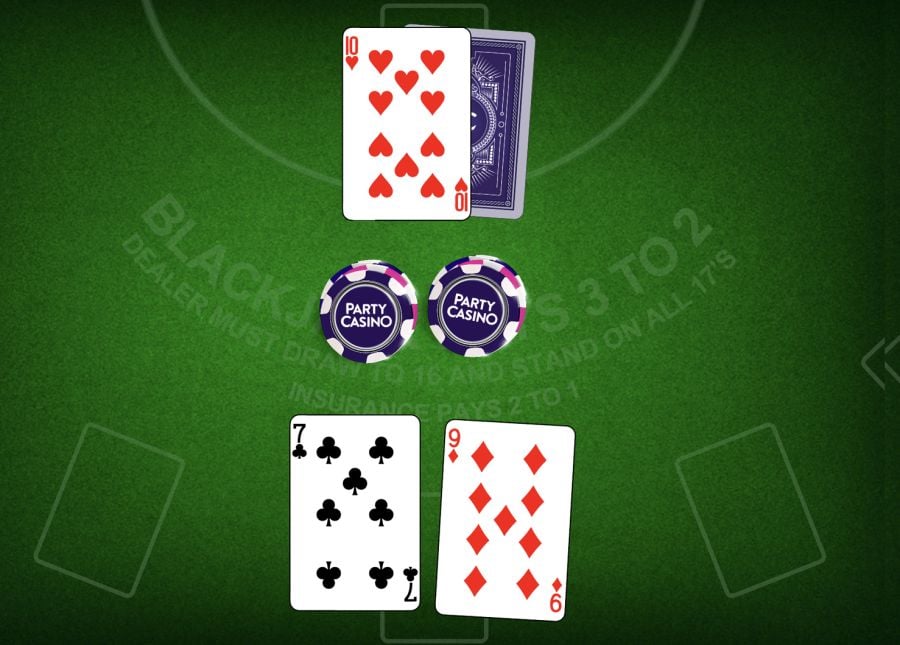
A hard total is any hand that is not dealt an Ace, or it has been dealt an ace that can only be counted as 1 instead of 11.
- 5-8 always hit.
- 9 doubles against dealer 3 through 6 otherwise hit.
- 10 doubles against dealer 2 through 9 otherwise hit.
- 11 doubles against dealer 2 through 9 otherwise hit.
- 12 stands against dealer 4 through 6, otherwise hit.
- 13 stands against dealer 2 through 6, otherwise hit.
- 14 stands against dealer 2 through 6, otherwise hit.
- 15 stands against dealer 2 through 6, otherwise hit.
- 16 stands against dealer 2 through 6, otherwise hit.
- 17-21 always stands.
Soft Totals:
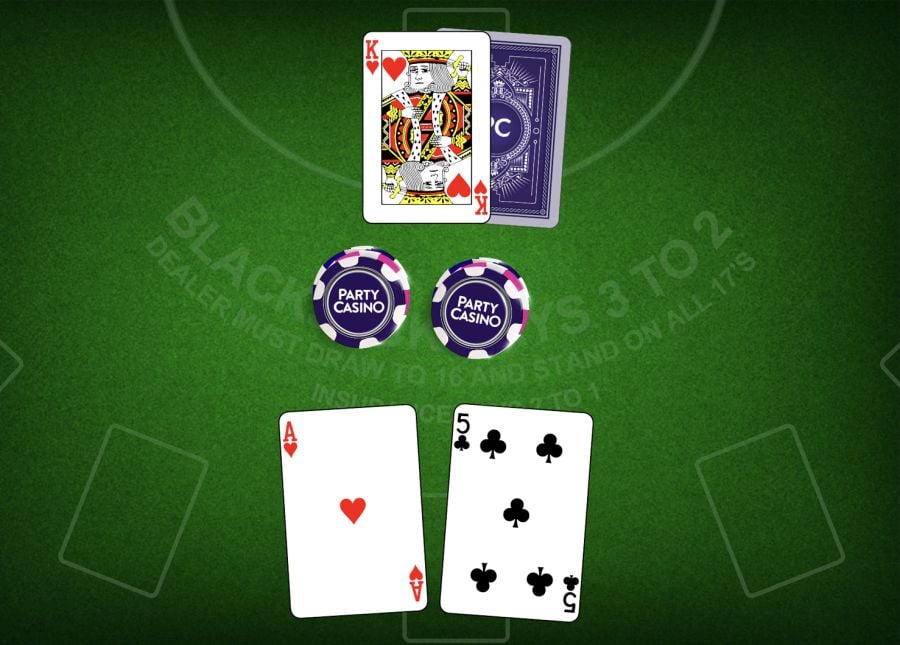
A soft total is any hand that is dealt an Ace as one of the first two cards, the ace counts as 11 to start.
- 13 (A&2) doubles against dealer 5 through 6, otherwise hit.
- 14 (A&3) doubles against dealer 5 through 6, otherwise hit.
- 15 (A&4) doubles against dealer 4 through 6, otherwise hit.
- 16 (A&5) doubles against dealer 4 through 6, otherwise hit.
- 17 (A&6) doubles against dealer 3 through 6, otherwise hit.
- 18 (A&7) doubles against dealer 3 through 6 (if allowed, otherwise stand), and hits against dealer 9 through Ace, otherwise stand.
- 19-21 (A&8 ,9,10) always stands.
Splits Pairs:
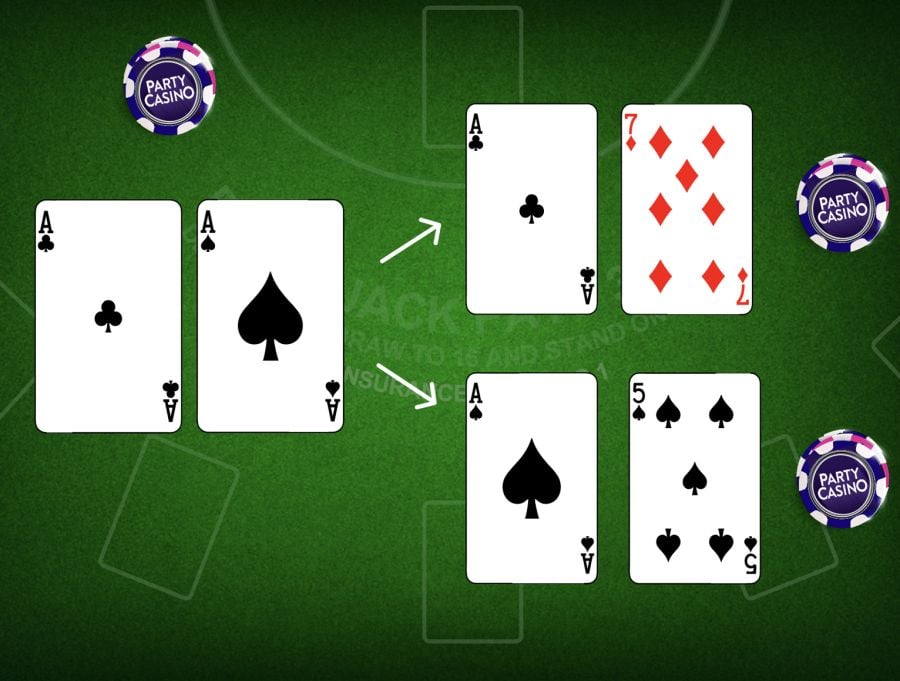
- A pair of 2’s splits against dealer 2 through 7, otherwise hit.
- A pair of 3’s splits against dealer 2 through 7, otherwise hit.
- A pair of 4’s splits against dealer 5 and 6, otherwise hit.
- A pair of 5’s doubles against dealer 2 through 9, otherwise hit.
- A pair of 6’s splits against dealer 2 through 6, otherwise hit.
- A pair of 7’s splits against dealer 2 through 7, otherwise hit.
- A pair of 8’s splits against dealer 2 through 9, otherwise hit.
- A pair of 9’s splits against dealer 2 through 9, except for 7, otherwise stand.
- A pair of 10’s always stands.
- A pair of Ace’s splits against dealer 2 through 9, otherwise hit.
Surrenders:
- 16 surrenders against dealer 9 through Ace; otherwise, don’t surrender (revert to hard totals).
- 15 surrenders against dealer 10; otherwise, don’t surrender (revert to hard totals).
You’re playing with the wind at your back by playing in line with basic strategy. It won’t guarantee you will win every hand, but it reduces the house edge as much as possible, so you can start to exploit opportunities to profit when your cards permit. So, why not give Blackjack a try at PartyCasino. If you prefer classic online table games, feel free to browse through our Online Blackjack games. Otherwise, if you want a more interactive experience, you can try our Live Blackjack games.
Other Ways to Help You Memorise the Basic Blackjack Strategy
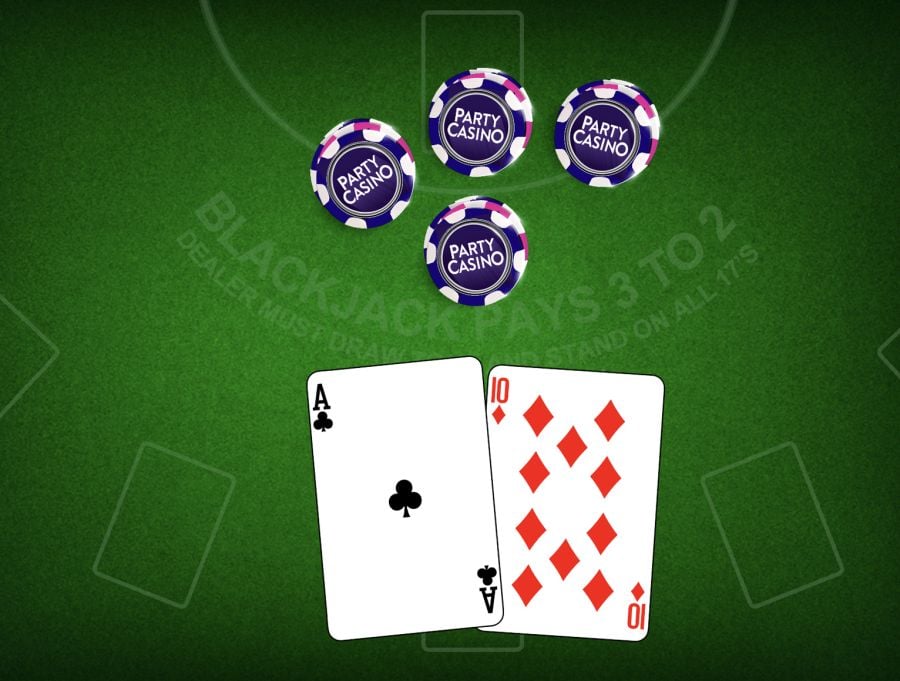
Memorizing the blackjack basic strategy is one thing and mastering the strategy is another. Practice makes perfect and is the most obvious way of becoming a pro in blackjack. Since it is practically not feasible to visit a land-based casino multiple times in a week, there are some easier methods to help you master the blackjack strategy.
Blackjack Live Stream Games
Observing other Blackjack players can greatly aid in your learning and mastery of the game. Live streaming games are available on various platforms like YouTube, Facebook, and Twitch, where you can find players streaming their Online Blackjack games. By studying these streams, you can learn the proper application of various calls and actions before hitting the live casino.
Free Online Blackjack Games
Online Blackjack games that are offered for free are an excellent option for improving your understanding of the basic strategy and refining your ability to apply it in real-life games. These games can be easily found on the internet and offer a risk-free way to practice and perfect your skills without the need to use real money. The main goal of playing these games is to practice and prepare yourself so that you can easily recite the basic strategy at blackjack in a casino later. You can even try free blackjack demos available at PartyCasino. These demos are playable when you sign up for a casino account.
The History of Blackjack Strategy
Blackjack was first devised in the 1700s, popularized in French casinos of the time. Some scholars argue that its origins span back much further in time, possibly even to the Romans, who were known to play similar numerical gambling games using inscribed wooden blocks in place of playing cards. But it wasn’t until the early 1960s that blackjack strategy gained prominent mainstream appeal.
Edward O. Thorp was a professor of Mathematics at the University of Los Angeles, and in later life would go on to become a hedge fund manager, as well as a highly successful blackjack player. Fascinated by the game, and the interplay of odds and probabilities, he channeled his research into a book that would go on to become an international best-seller – Beat The Dealer.
His ideas shaped how people thought about blackjack strategy for a generation, influencing betting decisions and strategies as players tried to put his techniques into practice.
Thorp put his theories to the test in the live casino environment before publishing his book, gaining the validation he needed that his theory was workable. He attempted to distil a basic blackjack card counting method into a format ordinary players could use, and was no doubt single-handedly responsible for revolutionizing the strategic approach to the game.
Thorp’s strategy involved adding and subtracting a single point from a running total depending on the cards drawn in each hand. For every card drawn from a deck that was valued at 2-6, a point was added to the running total. Every card of value 10-A was assigned minus one point, while the cards 7-9 were a neutral, zero points.
His theory suggests that when the aggregate point tally is positive, players should bet more aggressively on forthcoming hands. When the points total was negative, players should become more cagey, and avoid betting aggressively on upcoming hands.
The theory was that as more low value cards appear, the chances of higher cards appearing in the next hand are increased. Likewise, the opposite is true with lower cards appearing. His hypothesis that players are more likely to hit blackjack or otherwise win the hand when there are high cards remaining in the deck underpinned this theory, and players were able to use this Basic Blackjack Strategy for informing their betting decisions.
His was the first blackjack strategy to reach a mass audience worldwide. As a result, casinos eventually adapter the structure of the game, to attempt to counteract the inherent advantage players could gain from replicating Thorp’s method.
Now that much of blackjack gaming takes place online, with the help of random number generators rather than fixed decks of cards, the effectiveness of this strategy has been minimized. However, it still remains a helpful starting point for getting to grips with the basics of blackjack strategy.

